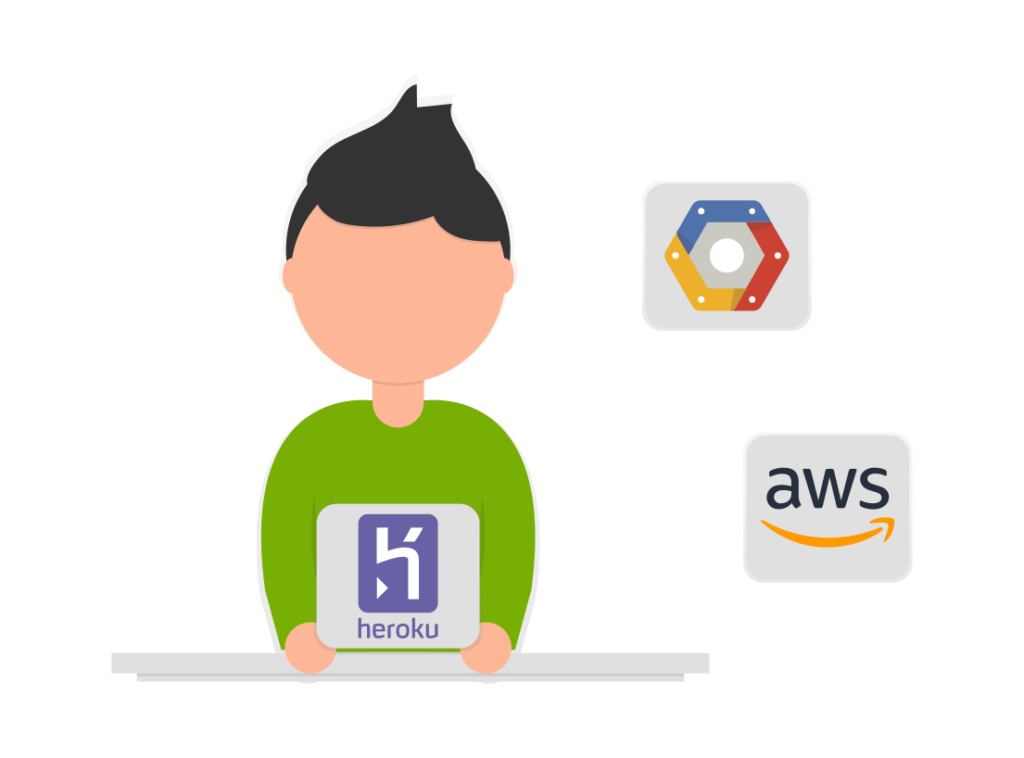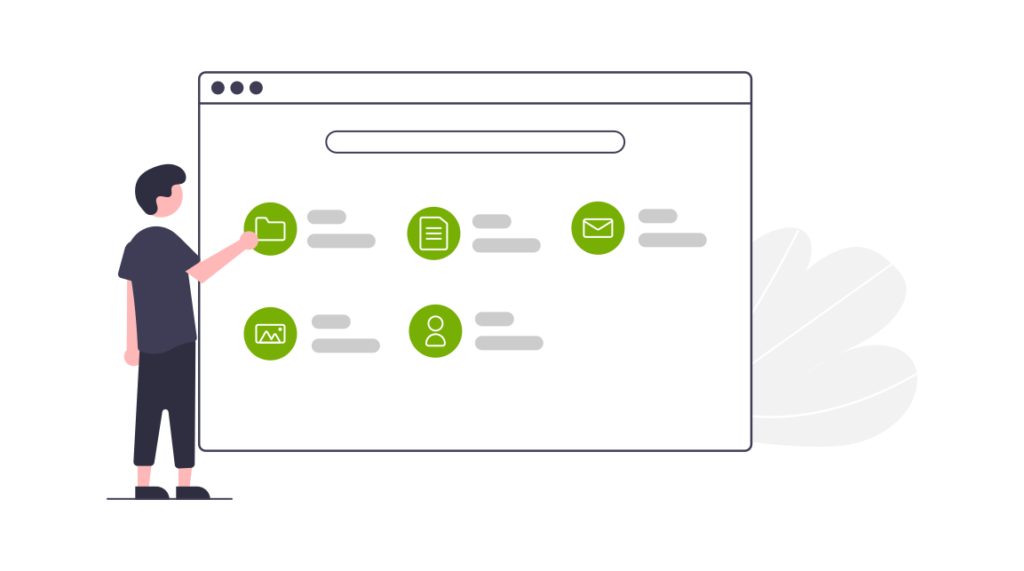Cloud-based services are transforming the way businesses function today. The number of companies harnessing the powers of SaaS (Software as a Service), PaaS (Platform as a Service), and IaaS (Infrastructure as a Service) models are increasing rapidly, and so is the number of businesses that were first hesitant but are now moving away from the traditional on-premise services.
Grandview Research on the current state of cloud adoption estimates a CAGR of around 19.1% over the forecast period between 2021 and 2028 for cloud technology. According to Grandview, this will lead to $1,251.09 billion for the cloud by 2028.
SaaS, PaaS, and IaaS are the ways businesses can utilize the cloud for their business.
Let’s dive deeper into each of them to gauge a proper understanding of its use-cases pertaining to different business models.
SaaS: Software as a Service
SaaS (Software as a Service), also known as cloud application services, is the most popular and commonly utilized option for businesses today. SaaS delivers cloud-based applications to users over the internet on a monthly or annual subscription. The majority of the SaaS applications run directly through the web browser; thus, they do not require any downloads or installation on the user side.
SaaS Common examples: Google Workspace, Dropbox, Salesforce, Cisco WebEx, Concur, GoToMeeting

Benefits:
Accessibility
SaaS applications can be used from anywhere with an internet connection, thus, providing good accessibility & flexibility while eliminating the constraints of on-premise software.
Affordability
Since most SaaS applications do not require any downloads, it saves the cost of installation, upgrading, and maintenance of the software, thus, is cost-effective for the users.
Availability
SaaS is provided in a ready-to-use model; thus, users simply need to subscribe, sign-up, and access the application.
When to Use SaaS
SaaS could prove to be beneficial for numerous situations, including:
- Small e-commerce companies or startups need to launch quickly without wasting time on a server or software-related issues.
- Short-term projects that demand quick and easy collaboration.
- As a replacement for applications that are not utilized continually, like tax-filling software.
- Applications that need both mobile and web access.
PaaS: Platform as a Service
PaaS (Platform as a Service) provides a cloud environment or platform for the users to create custom applications, saving the effort of building and maintaining the infrastructure required for the application. In addition, it helps organizations by saving them from the burden of storage, updates, and operating systems.
PaaS common examples: AWS Elastic Beanstalk, Windows Azure, Heroku, Force.com, Google App Engine, OpenShift

Benefits:
Reduce Development Time
PaaS service providers help the users with all the computing resources such as libraries, frameworks, templates, and other tools, which simplifies and improves the development process.
Enhance Collaboration
In the Covid era, when teams are now spread over multiple locations, PaaS can benefit organizations by enhancing collaboration.
Supports Multiple Programming Languages
PaaS offers support to multiple programming languages that could do wonders for many software development companies by helping them in the project building of various applications.
When to Use PaaS
PaaS can be beneficial in situations like:
- Streamlining workflow when multiple developers are working on the same project.
- If the user needs to create customized applications.
- Users who have limited resources to build applications from scratch.
IaaS: Infrastructure as a Service
Infrastructure as a Service, also known as Cloud infrastructure services, is made of scalable and automated compute resources and is a self-service for accessing and monitoring hardware, including specialized processors, storage space, visualization services, etc.
IaaS common examples: Google Compute Engine, DigitalOcean, Amazon Web Services (AWS), and Cisco Metacloud.

Benefits:
On-Demand Scalability
Considered the most flexible cloud computing model – the IaaS cloud model can be scaled fast enough to match the growing requirements of the organizations. IaaS vendors provide powerful storage and networking technologies to meet the need of users.
Reliability
IaaS vendors spread the system’s workload across multiple data centers and servers making it highly reliable while saving the users from the headaches of certain hardware components failing or bad internet connections.
Operational Flexibility
IaaS enables your team to access the regularly used hardware, computing power, and applications. As a result, they can view the required files and data on the go anytime.
When to Use IaaS
IaaS can be beneficial for:
- Small organizations to save time and money on purchasing and maintaining hardware and software.
- Large organizations to retain complete control over their applications and infrastructure.
- Companies that are experiencing rapid growth.
Today, cloud services models are a crucial part of businesses as they provide high flexibility and efficiency. If you have an idea for a cloud product, we recommend booking a free consultation session with our experts today.




